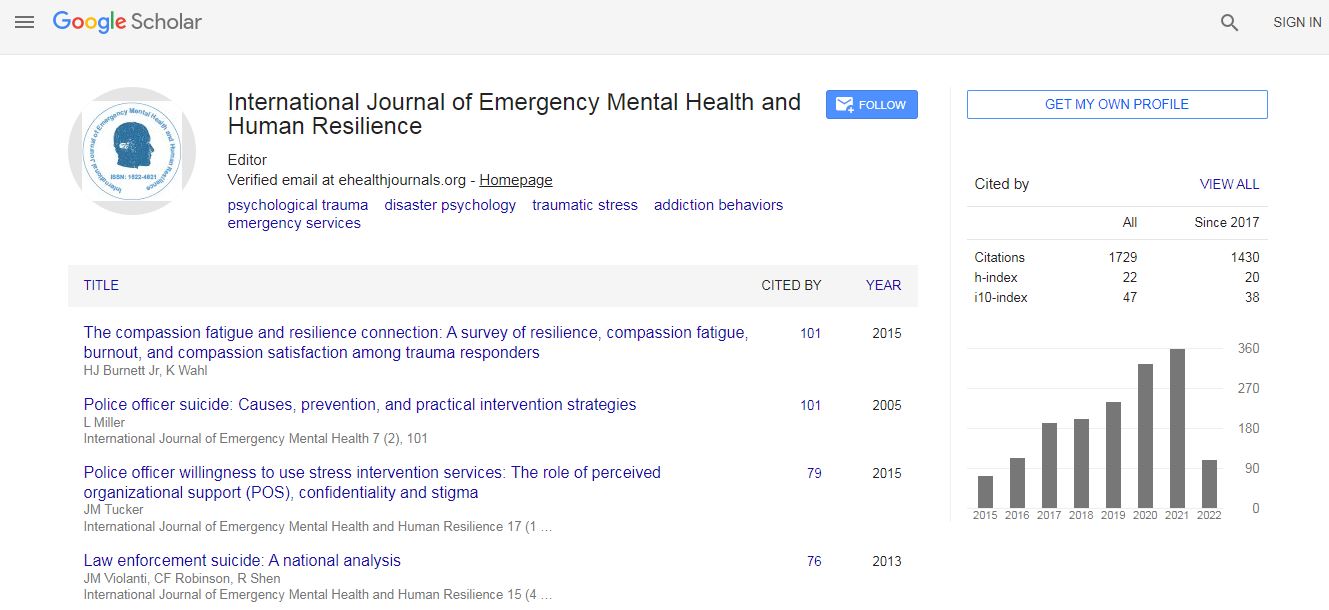Short Communication
Suicide Prevention Education in Schools in Japan
Kenji Kawano*Center for Suicide Prevention, National Institute of Mental Health, National Center of Neurology and Psychiatry, Tokyo, Japan
Abstract
In Japan, suicide rates increased in all age groups in 1998, particularly in men aged 45 to 64 years. In recent years, suicide rates have decreased in middle-aged and the elderly, but the same cannot be said for those aged 15 to 34-years. According to the Cabinet Office, in 2014, the suicide rate for those in their 40s, 50s, and 60s was 23.0, 27.1, 24.5, respectively, showing a 32.9%, 39.6%, and 39.8% decrease from the 1998 rate, respectively. In contrast, the suicide rate for those in their 20s and 30s was 20.8 and 21.2, respectively, with a reduction rate of 14.4% and 19.1%, respectively. According to the data provided by the National Police Agency, work problems were the common cause of suicides in those in their 20s and 30s; however, more commonly, the cause was unknown. In other words, although suicide in young people is an urgent issue in Japan, there is a need for further research on its risk factors (Figure 1).

 Spanish
Spanish  Chinese
Chinese  Russian
Russian  German
German  French
French  Japanese
Japanese  Portuguese
Portuguese  Hindi
Hindi 